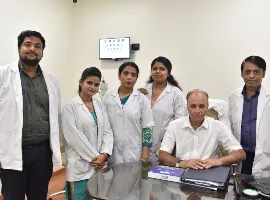
Established in 1995, we are one of the leading and vastly experienced provider of ophthalmic services in Delhi, with a strong commitment to clinical and scientific excellence and delivering the highest quality outcomes for patients. We achieve this through our dedication to best-practice care, academia and research, and by employing state-of-the-art equipment and facilities.
Our doctor team includes a mix of partners, associates and visiting medical officers – many of whom have introduced new surgical techniques and technologies into Australia and are highly regarded by their peers, both locally and internationally.
Retina is a neuronal tissue layer that lines the back of the eye. It senses light and generates impulses that travel through the optic nerve to reach the brain. This nervous tissue consists of numerous specialized nerve cells that react to light.
Central part of the retina, called as Macula , helps us to see the fine details clearly.
Glaucoma is the name given to a group of eye disorders which are characterized by a progressive damage to optic nerve. Generally, there are no symptoms or warning signs of this disease and the patient himself does not get to know about the disease unless told by the doctor. This is because the sight loss is very gradual and starts in the periphery.
Keratoconus is a disease of the cornea which causes thinning of the central portion of cornea. As this progresses the normal eye pressure causes distortion of the natural round shape of cornea and an irregular cone like bulge develops which causes vision impairment.
The poor quality of vision occurs due to distortion of image caused due to distorted corneal surface. This gives rise to image doubling, ghost images, shadows or flared images.
amblyopia is a developmental defect of central visual processing leading to a reduced vision. During the first 6 years of life our vision is vulnerable. Any disturbance in these formative years whether anatomical or functional can lead to loss of perfect vision in one or both eyes. With increasing age this is harder to reverse and becomes permanent by about8-10 years of age.
A person is said to have low vision if his vision is limited or impaired and which cannot be restored with surgery or glasses.
Low vision can have a socioeconomic impact on a patients well being. It may cause problems in daily activities such as reading newspaper, watching television, climbing stairs etc. Low vision services are a help to family carers and friends to cope with these challenges.
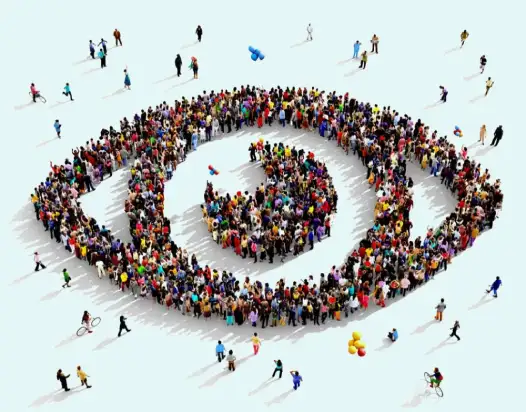
As human beings, our primary mode of receiving sardanaation about the world is through our eyesight. We experience emotion and connection through the visual cues we read on others’ faces. Our eye exams are comprehensive, delving into your total eye health and working to diagnose.
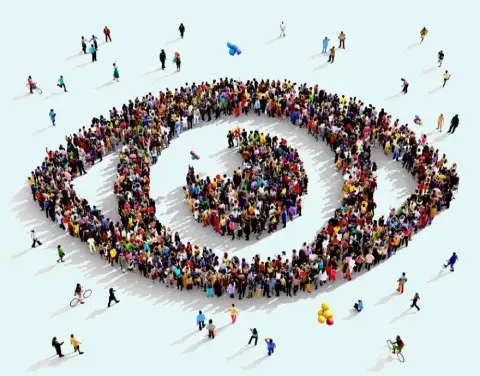
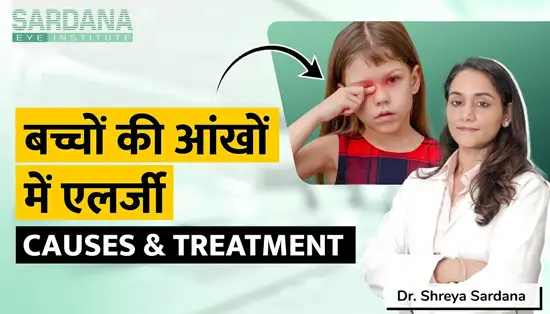

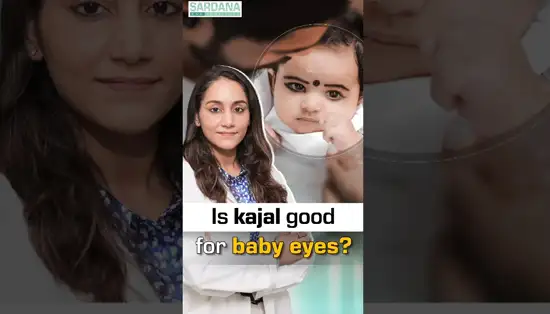


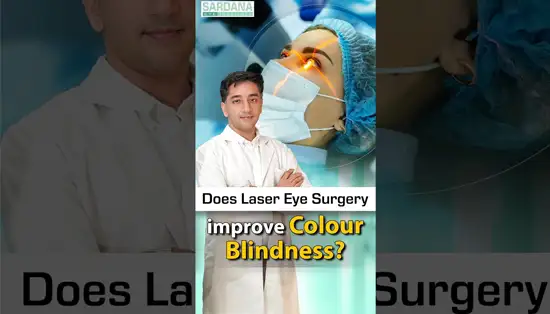
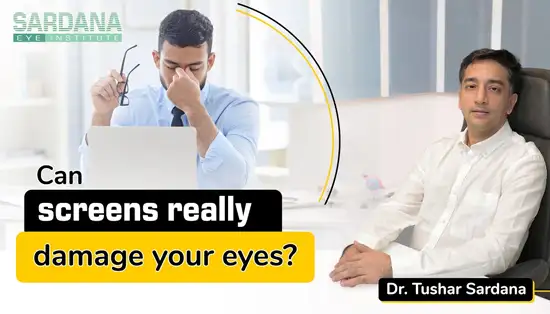
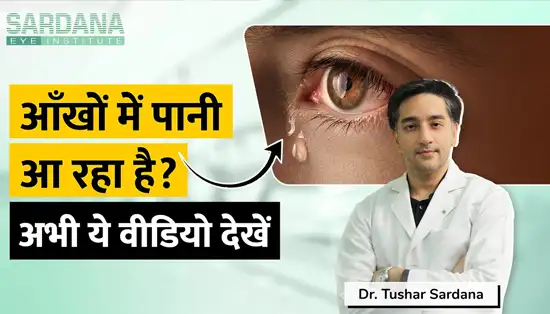


Lasik and Laser Treatment

Cataract Treatment Specialist
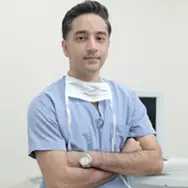
Vitreo-Retina and Uvea Consultant

Squint Specialist, MS Ophthalmology, 26 years Experience

Oculoplasty and Aesthetic Specialist - Oculoplasty Fellowship from Moorfields eye hospital , London, UK - 11 years Experience




